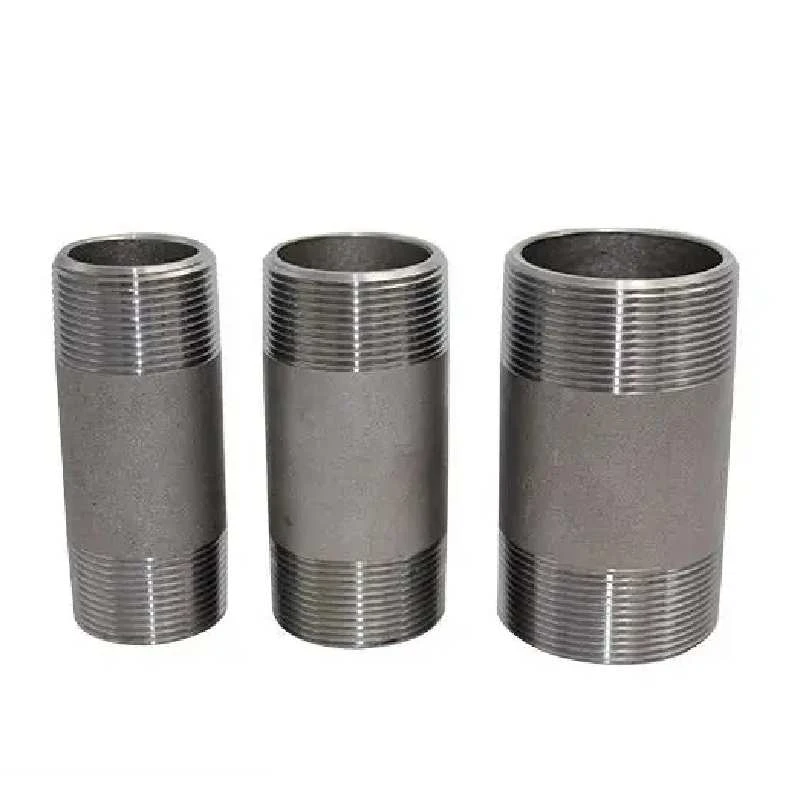-
Cangzhou Yulong Steel Co., Ltd.
-
Phone:
+86 13303177267 -
Email:
admin@ylsteelfittings.com
- English
- Arabic
- Italian
- Spanish
- Portuguese
- German
- kazakh
- Persian
- Greek
- French
- Russian
- Polish
- Thai
- Indonesian
- Vietnamese
- Zulu
- Korean
- Uzbek
- Hindi
- Serbian
- Malay
- Ukrainian
- Gujarati
- Haitian Creole
- hausa
- hawaiian
- Hebrew
- Miao
- Hungarian
- Icelandic
- igbo
- irish
- Japanese
- Javanese
- Kannada
- Khmer
- Rwandese
- Afrikaans
- Albanian
- Amharic
- Armenian
- Azerbaijani
- Basque
- Belarusian
- Bengali
- Bosnian
- Bulgarian
- Catalan
- Cebuano
- China
- China (Taiwan)
- Corsican
- Croatian
- Czech
- Danish
- Esperanto
- Estonian
- Finnish
- Frisian
- Galician
- Georgian
- Kurdish
- Kyrgyz
- Lao
- Latin
- Latvian
- Lithuanian
- Luxembourgish
- Macedonian
- Malgashi
- Malayalam
- Maltese
- Maori
- Marathi
- Mongolian
- Myanmar
- Nepali
- Norwegian
- Norwegian
- Occitan
- Pashto
- Dutch
- Punjabi
- Romanian
- Samoan
- Scottish Gaelic
- Sesotho
- Shona
- Sindhi
- Sinhala
- Slovak
- Slovenian
- Somali
- Sundanese
- Swahili
- Swedish
- Tagalog
- Tajik
- Tamil
- Tatar
- Telugu
- Turkish
- Turkmen
- Urdu
- Uighur
- Welsh
- Bantu
- Yiddish
- Yoruba

Oct . 15, 2024 17:43 Back to list
Flange EN 1092-1 Type 11 B1 Specifications and Applications Overview
Understanding Flange EN 1092-1 Type 11 B1 A Comprehensive Overview
Flanges play a crucial role in connecting pipes, valves, and other equipment in various industrial applications. Among the many flange standards existing today, the EN 1092-1 Type 11 B1 flange holds significant importance due to its widespread use in Europe and its essential role in ensuring reliable and leak-free connections.
Overview of EN 1092-1
The EN 1092-1 standard, established by the European Committee for Standardization (CEN), outlines the specifications for flanges used in piping systems. This standard is part of a larger series that addresses various flange types, materials, sizes, and pressure ratings, ensuring compatibility and safety in their application. The EN 1092-1 standard consists of several types, including Raised Face, Flat Face, and Hollow. Among these, Type 11 stands out for its specific design intended to facilitate the coupling of pipes in systems experiencing varying pressures and temperatures.
Characteristics of Type 11 Flanges
Type 11 flanges, specifically the B1 variant, are designed with certain features that make them particularly suitable for various applications. One of the primary characteristics of a Type 11 B1 flange is its flat surface, which offers a reliable sealing surface. This design minimizes the risk of leakage when paired with suitable gaskets.
The thickness of the flange is an important measurement; it directly correlates to its pressure capabilities and mechanical strength. The B1 type flanges are typically available in several pressure ratings, allowing for flexibility in their application depending on the needs of the system. This adaptability makes Type 11 B1 flanges popular choices in chemical, petrochemical, and water treatment industries.
Material Considerations
flange en 1092 1 type 11 b1

Flanges are manufactured from various materials, with carbon steel, stainless steel, and alloy steel being the most common. The choice of material significantly affects the flange's durability, corrosion resistance, and overall performance in harsh environments. For Type 11 B1 flanges, the finishing processes applied—such as galvanization or coating—are crucial in extending their lifespan and ensuring they can withstand external factors such as temperature fluctuations and chemical exposure.
Applications
Type 11 B1 flanges are prominently used in industries where process integrity and reliability are paramount. These industries include oil and gas, water distribution, and power generation. In these applications, ensuring a leak-free connection is vital to maintaining safety and efficiency. The flanges are often employed in conjunction with rigorous inspection and quality control measures to ensure they meet the necessary standards throughout their lifespan.
Installation and Maintenance
Proper installation of flanges is essential to their function. When installing Type 11 B1 flanges, it is crucial to align them correctly to avoid undue stress on the joint, which could lead to failures. Applying the correct torque during bolting is also necessary to distribute pressure evenly and create a tight seal. Regular maintenance, including inspections for wear and corrosion, can help prolong the flange's lifespan and ensure that the piping system operates effectively.
Conclusion
The EN 1092-1 Type 11 B1 flange represents a significant component in various industrial applications, balancing the need for robustness and reliability. Understanding its characteristics, applications, and maintenance requirements is critical for engineers and technicians involved in design and operational planning. By adhering to international standards and using high-quality materials, industries can ensure that their piping systems remain safe, efficient, and durable. As we progress into an increasingly industrialized future, the demand for reliable flange connections like the EN 1092-1 Type 11 B1 will undoubtedly continue to grow, underscoring its importance in modern engineering practices.
Latest news
-
ANSI 150P SS304 SO FLANGE
NewsFeb.14,2025
-
ASTM A333GR6 STEEL PIPE
NewsJan.20,2025
-
ANSI B16.5 WELDING NECK FLANGE
NewsJan.15,2026
-
ANSI B16.5 SLIP-ON FLANGE
NewsApr.19,2024
-
SABS 1123 FLANGE
NewsJan.15,2025
-
DIN86044 PLATE FLANGE
NewsApr.19,2024
-
DIN2527 BLIND FLANGE
NewsApr.12,2024
-
JIS B2311 Butt-Welding Fittings LR/SR 45°/90° /180°Seamless/Weld
NewsApr.23,2024











